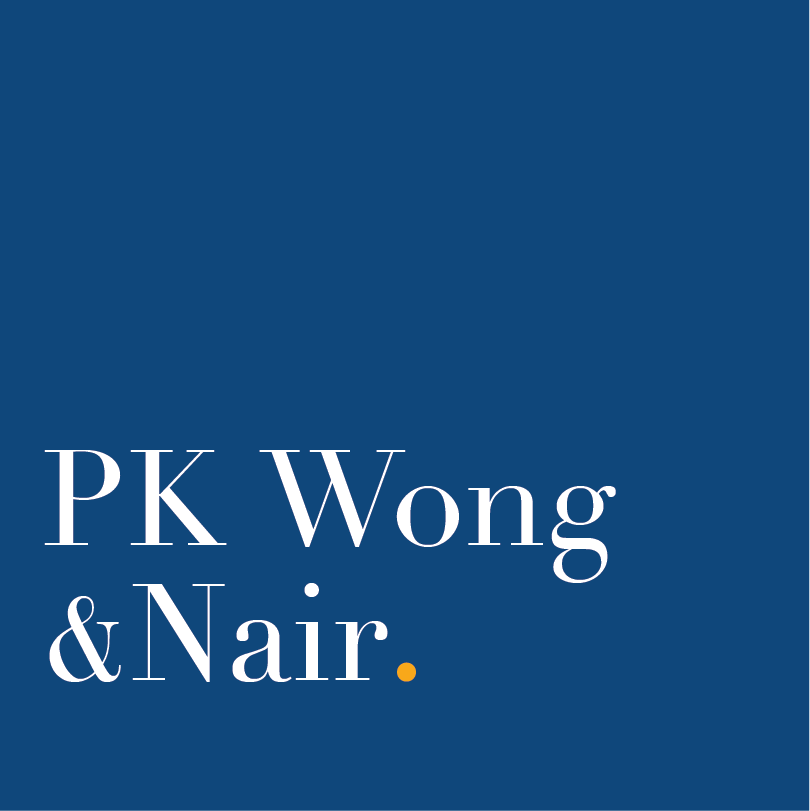A review of the key learning points from the case of Tan Teck Kee v Ratan Kumar Rai and others [2022] SGCA 62
The fiduciary duties of directors in companies – now commonly referred to as the no-conflict and no-profit rule – find their roots in the precept that “no man can serve two masters.” A fiduciary relationship imposes duties of loyalty and good faith on the fiduciary, who is to act only for the benefit of his principal to the exclusion of others, including himself.
Whether this meant that a director, who owes the duty of single-minded loyalty to his principal company, cannot be found to be owing fiduciary obligations to third parties, was a question that was put before the Court of Appeal in the recent case of Tan Teck Kee v Ratan Kumar Rai [2022] SGCA 62.
Brief Facts
In around 2010 or 2011, the Plaintiff (“R”), the 1st Defendant (“S”) and another investor orally agreed to pursue a joint investment to purchase plots of Cambodian land (“the Venture”) as real estate investments. The 2nd Defendant (“T”) was also part of these meetings as a friend of S, though he did not participate as an investor.
On R’s account of events, the group of men had agreed that S would act as the “custodian” of the investment funds for the Venture, who engaged T to assist him in the performance of his duties. In exchange S & T would be entitled to share in 10% of the profits as their management fee.
A Cambodian company by the name of Worldbridgeland (Cambodia) Co Ltd (“WBL”), which is the 3rd Defendant, was thereafter incorporated to purchase and own the Cambodian land. T held 49% of the shares in WBL and was one of WBL’s two directors. A “Bridge Investment Agreement” between the investors and WBL was executed in December 2013.
In 2018, R commenced the present lawsuit for the provision of accounts on the basis that there was a fiduciary relationship between himself and the Defendants, and that the Defendants had not distributed dividends which WBL had received as a result of the JVA.
The Defendants’ pleaded case was there had been no oral discussion between the parties as to the Venture and that all the investors only had a contractual relationship with WBL. They further claimed that it was WBL which identified the opportunities for investment and had solicited the investors’ contributions to finance these acquisitions, and that therefore, there was no cause of action against T and S.
The High Court found that S and T were fiduciaries to R and ordered T and S to provide the accounts of WBL.
The Appeal
T appealed the High Court’s decision on the ground that he was not a fiduciary to R. Several new points of law were pursued on appeal; one argument made was that there was a unique and distinguishing obligation owed by fiduciaries to their principals and thus, the question to be answered in an “ad-hoc” fiduciary relationship is whether the putative fiduciary undertook to act exclusively in the interests of the supposed principal.
Whether a personal fiduciary relationship could be found between T and R despite T’s fiduciary relationship with WBL
The relevant inquiry for determining the existence of a fiduciary relationship is whether the putative fiduciary had voluntarily placed himself in a position where the law can objectively impute an intention on his part to undertake fiduciary duties. It is therefore sufficient that the putative fiduciary is objectively “seen” to have given such an undertaking to the supposed principal.
In this case, the Court of Appeal found that T should be imputed with the intention to undertake fiduciary obligations to the investors, as the position which he voluntarily undertook, to assist S with being a custodian of the investment funds and being one of two directors in WBL, possessed a high degree of control in the handling of the investors’ funds in the Venture. More pertinently, there was little which the investors could do the protect their interest in the Venture and they were particularly vulnerable to T’s exercise of power.
As to whether a fiduciary can owe concurrent duties to both the principal company and a third party, the Court of Appeal held that “there is nothing, as a matter of general principle – which prevents a director from voluntarily placing himself in a position which gives rise to a second fiduciary relationship to a third party.”
The Court of Appeal observed that as a principle, directors should not voluntarily place themselves in a position to give rise to a fiduciary duty to a third party as it may potentially create a conflict of interest. Accordingly, where a director has done so, the company would be entitled to take action against the director for the breach of the fiduciary duties.
If the director had indeed voluntarily placed himself in a position giving rise to fiduciary duties to a third party, then he should not be immunised from the consequences of his action.
In this case, it did not appear to the Court of Appeal that there was any real conflict between T’s duties to the WBL and his duties to R, as their interests were substantially aligned.
Commentary
The decision by the Court of Appeal clarifies that a director can be found to have fiduciary duties to both his principal company and a third party, if he had voluntarily placed himself in a position where it was possible to objectively impute an intention on his part to undertake those fiduciary duties to the third party. In such a situation, the company has the right to sue the director for placing himself in that position.
The key takeaway from this case is to be cautious when voluntarily placing oneself in any position that could give rise to an undertaking of fiduciary duties to a third party.
For more information on this matter, please feel free to contact Andrew Ang and Divya Durai.
“The information provided in this page is for general informational purposes only and is not intended to constitute legal advice. We do not warrant its accuracy or completeness or accept any liability for any loss or damage arising from any reliance thereon. While we strive to provide accurate and up-to-date information, the legal landscape is constantly evolving, and the details of any given case may change over time.”

